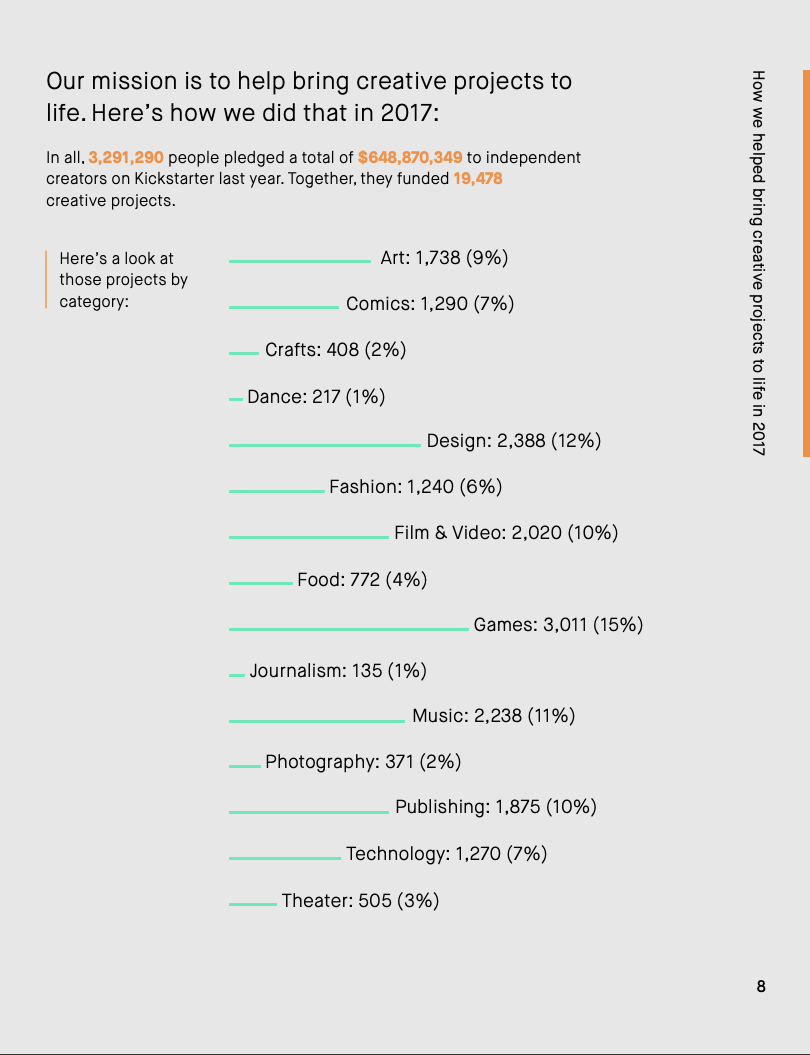Let’s say you are the founder and CEO of a startup and you have now been at it for four years. The company is doing great, you’ve raised several rounds of financing, you have a product in the market that is solving a real problem, you have a bunch of customers, you have a growing team, and things are stressful but largely great.
And you realize that you are now fully vested on your founder’s stock which means if you were to leave the company tomorrow, you get to keep all of it. What do you do about that?
This is a common question I hear from founders. They ask me what is standard in this situation. And I tell them that not only is there no standard answer, that this is one of the most emotionally charged issues to come between founders and their investors and boards and companies.
This situation also exists for other founders who are not the CEO, and the issues are very similar, but for the purposes of keeping this post as simple as possible, I am going to focus on the founder/CEO role.
Here are some, but not all, of the issues that come into play in thinking about this:
1/ If a founder/CEO were to leave their company after they become fully vested on their founder’s stock, the company would have to go out and hire a new CEO and that new CEO would get an equity grant that would be between 2.5% and 7.5% of the Company, depending on the value of the business. So one could certainly argue that the founder CEO ought to get similarly compensated.
2/ But that argument about how a new CEO should be compensated essentially puts on the table the question of whether the founder CEO is actually the best person to run the Company right now or if there is someone better suited to do that who could be recruited for a new market equity grant. It is often not in everyone’s best interests to have that conversation.
3/ Many founder CEOs four years in still own a lot of their companies. A typical range would be between 10% and 40% depending on if there are co-founders and how much capital had to be raised in the early years and at what valuations. For most situations, an equity grant that would be made to a new CEO is actually a relatively small percentage of the overall equity ownership of a founder CEO and in the context of that, it is not as valuable to the founder CEO as many other things.
4/ However, the founder CEO is subject to additional dilution in subsequent rounds so a new grant would at least partially offset future dilution and that is quite attractive to founder CEOs.
5/ One of the most valuable things to a founder CEO is having a large unissued equity pool from which to hire talent into their company and any allocation of that pool to the founder CEO reduces that asset.
6/ It is generally a good practice to have all executives vesting into some equity compensation. It standardizes the executive compensation program and aligns incentives.
7/ Refresh grants for executives are not usually equal to their sign-on grants. They are usually some percentage of the sign-on grant. So the same should be true of a founder CEO getting a refresh except that they never got a sign-on grant.
8/ Investors bet on the appreciation of the equity they already own not the issuance of new equity. A founder is aligned with the investors when they too are focused on making the equity they already own more valuable.
9/ When founders get diluted below double-digit ownership, they begin to see themselves as employees, not owners and that is bad for the company, the team, and the investors. For some founders, they start to feel that way at below 20% or 15%.
10/ It is hardly ever the case that what happens after a founder is completely vested is negotiated ahead of time, during the various rounds of financings, and priced in by the investors. If a founder was to pre-negotiate a new “market grant” for themselves once they are fully vested, and that was included in the size of the option pool that is set aside and baked into the pre-money valuation, investors could model that future dilution and build that into their valuation models and price that into a round. But nobody does that because founders want to maximize valuation in the financing rounds and investors assume that the founders will be happy with their initial grant or will not be around to earn it. Both parties either naively or purposefully kick the can down the road until the issue rears its head and then the emotions come out.
So what happens in practice?
It depends entirely on the situation at hand.
If the founder CEO owns a large percentage of the business, a new grant is rarely made because the value of it pales in comparison to the annual value that their founder’s equity is increasing organically.
If the founder CEO has been massively diluted and owns a small percentage of the business, a new grant is often made.
If the business is performing very well, the likelihood of a new grant is higher.
If the business is performing poorly, the introduction of the idea of a new grant can be very destabilizing and can actually precipitate a larger conversation about who should be running the company.
A common area for compromise is a new grant to the Founder CEO that is some percentage of what a “market” grant to a new CEO would be and that percentage ranges from 20% to 50% depending on the situation. The less a founder owns of the company, the higher the percentage will be and the more a founder owns, the less that percentage will be. If a Founder owns more than a quarter of the business, this is almost never done. I certainly have never seen it done for founders who own more than a quarter of the business.
I have two suggestions for how entrepreneurs should handle this issue.
The first suggestion is that you might want to raise this issue with all of your investors before you take money from them, and understand how they feel about this issue and what their expectations are so that you know that ahead of time. Do not wait until the moment to find that out.
The second is that if you wait to raise this issue once you are fully vested, do it carefully and delicately. If it is seen as a demand, it will not go well. If it is seen as a discussion about what is in the best interests of the company, it will go better.
But most of all, remember that there is no “one size fits all” solution for this situation and that you and your board will have to figure it out on a case by case basis.




